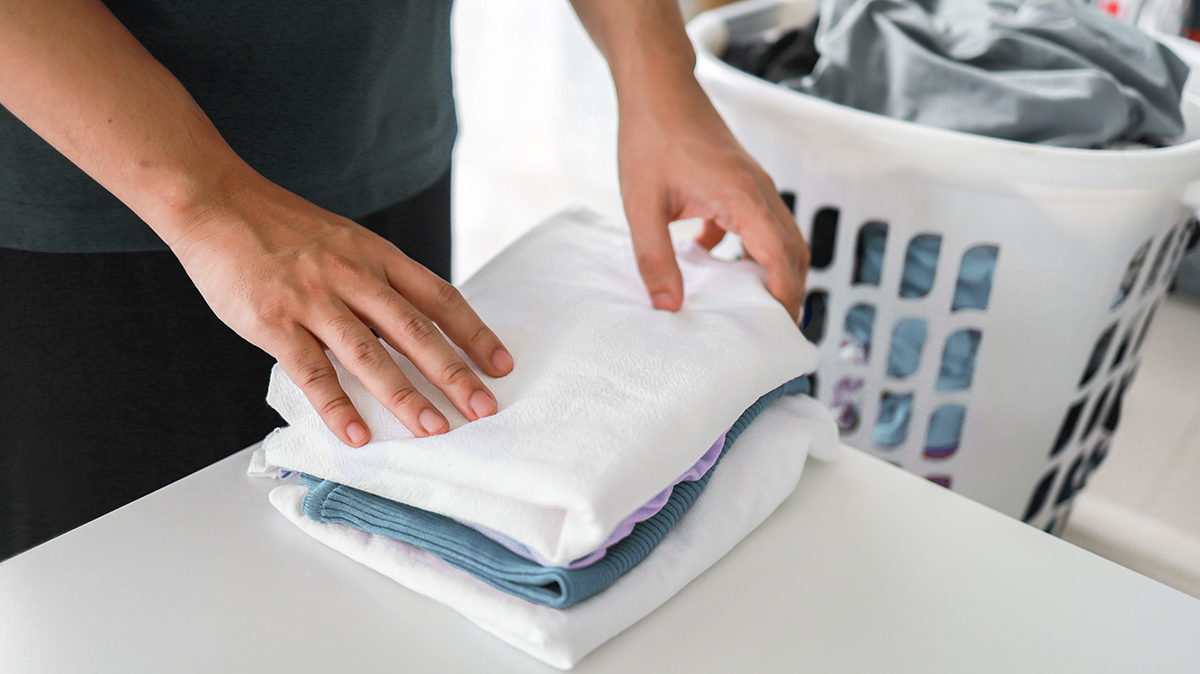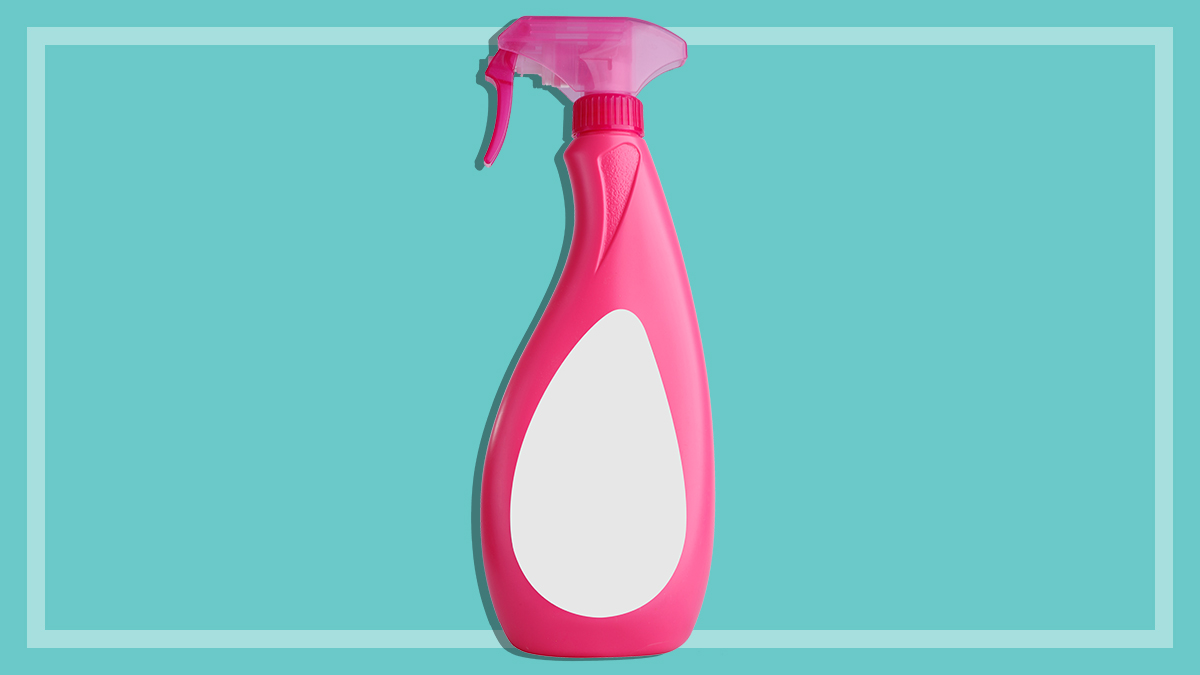Get our independent lab tests, expert reviews and honest advice.
How we test stain removers

Stains happen every day and in every household. Ideally you should treat them right away, but sometimes they soak in or dry before you get a chance to remove them.
On this page:
For those times, we lab test stain removers to find out which ones are best at tackling common stains like oil, grass and sweat.
Here’s what goes on in the lab.
Our expert testers
While we do a lot of product testing in-house, we send stain removers to an external laboratory with specialist equipment to measure soil removal so we can determine which stain removers work best in real-world situations.
How we choose what we test
With this type of consumer good, our aim is to try to cover the whole stain remover market, especially what you’re most likely to see in major supermarkets.
We start off by surveying manufacturers to find out about their range of products. From this information we put together a final list that goes to our buyers. They then head out to shops and buy each product, just as you would. We do this so we can be sure what we’re testing is the same as any consumer would find, and not ‘tweaked’ in any way for better performance.
How we test stain removers
In order to fine-tune our testing and make sure it’s as relevant as possible, we conduct surveys to find out which stains are most common in Australian households.
These are the stains we’ve chosen to test our products on:
- sweat
- grass/mud
- olive oil (cooking oil)
- blood
- tomato
- mineral oil
- chocolate ice cream
- baby food
- make-up
- ground nut oil (which simulates collar grime).
We use cotton material swatches that have specific formulas of these stains applied to them.
Pre-treaters
Pre-treaters are available as spray and liquid products. Before washing, we apply a set amount of each stain remover to the stained swatch and let it sit for five minutes.
Soakers
Soakers are available as powders or liquids. We follow the manufacturer’s instructions for the dosage of each product, stirring it into a bucket filled with 7L water at 40°C until it dissolves. We then submerge the stained swatches and leave them to sit for two hours before putting them through a wash cycle.
For both pre-treaters and soakers, we use a front loader washing machine on a cold wash cycle with a laundry detergent from our laundry detergents test.
Following the wash cycle, we measure the degree of stain removal.
Other comparisons
We also test how laundry detergent alone performs as a stain remover, using both the pre-treat and the soak method.
We do the same with water only, again using both the pre-treat method and soaking method.
And then we also test with a pre-treater home recipe, which is a mix of 200mL hydrogen peroxide and 100mL dishwashing liquid in a spray bottle.
Test criteria explained
The CHOICE Expert Rating, our overall score which determines the products we recommend, is based on how well the products remove the following stains:
- sweat (25%)
- grass/mud (20%)
- olive oil (cooking oil) (20%)
- blood (5%)
- tomato (5%)
- mineral oil (5%)
- chocolate ice cream (5%)
- baby food (5%)
- make-up (5%)
- ground nut-oil (which simulates collar grime (5%).
Weightings are in brackets. Survey feedback from CHOICE members tells us that sweat, grass/mud and cooking oil stains are the most common household stains, so we’ve weighted these more highly in the CHOICE Expert Rating than the rest.






